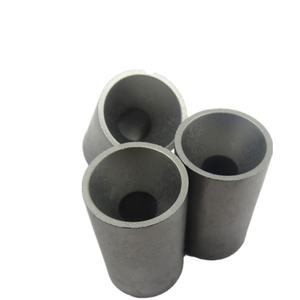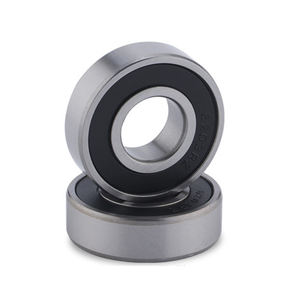Discover Premium Ceramic Products | Durability & Elegance United | Advanced Ceramics
PRODUCT PARAMETERS
Description
Introduction of Boron Carbide Ceramics
Boron carbide ceramics is an inorganic, non-metallic material with carbon and boron as its main components, and its chemical formula is B4C. Since its discovery in the early 20th century, this material has attracted a great deal of attention because of its unique physical and chemical properties. Boron carbide ceramics have an extremely high hardness, second only to diamond and cubic boron nitride, which makes it important in the field of wear-resistant materials. It also exhibits excellent corrosion resistance, high-temperature stability and low-density properties, attributes that make it ideal for the manufacture of bullet-proof vests, nozzles, bearings and other mechanical components that require high wear resistance. Boron carbide ceramics can also be prepared in a variety of shapes and sizes through different processes to meet the needs of different industries.
Characteristics of Boron Carbide Ceramics
Boron carbide ceramics are known for their excellent performance characteristics, starting with their ultra-high hardness and strength, which makes them resistant to severe abrasion and scratching, making them ideal for use in cutting tools and abrasives. Secondly, the material possesses excellent chemical stability and is less likely to react with chemicals such as acids and alkalis, even in extreme environments, making it widely used in certain key components in the chemical industry. In addition, the superior thermal stability of boron carbide ceramics and their ability to maintain structural and property stability at extremely high temperatures makes them one of the key materials in the aerospace and nuclear industries. Finally, it is worth mentioning its lightweight properties, which, due to its low density, make boron carbide ceramics an ideal option for application scenarios that require light weight but high strength. Together, these characteristics give boron carbide ceramics a wide range of applications.
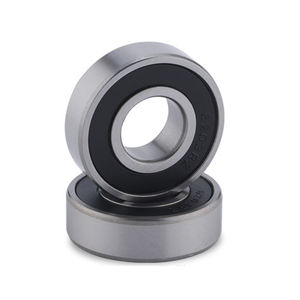
(High Hardness B4C Boron Carbide Ceramic Plate)
Specification of High Hardness B4C Boron Carbide Ceramic Plate
High Firmness B4C Boron Carbide Porcelain Plate is a top-performing material for commercial and protection uses. This ceramic plate is made from boron carbide, among the hardest materials around the world. It places third in hardness after diamond and cubic boron nitride. The plate is excellent for applications requiring severe wear resistance and durability. Its Vickers solidity goes beyond 30 Grade point average, outperforming materials like silicon carbide and aluminum oxide. The thickness is around 2.52 g/cm SIX, making it lighter than a lot of steels. This light-weight property helps reduce system weight in shield and machinery.
Boron carbide ceramic plate provides strong chemical security. It withstands rust from acids and alkalis. This makes it suitable for extreme settings. The product keeps stability at high temperatures approximately 600 ° C. Thermal conductivity is low, around 30-42 W/m · K. This reduces warmth transfer in high-temperature settings. The thermal expansion coefficient is 4.5 × 10 ⁻⁶/ ° C, decreasing shape modifications under heat tension.
Mechanical stamina is a key attribute. Flexural strength ranges from 300 to 400 MPa. Compressive stamina surpasses 2.8 GPa. These worths ensure integrity under hefty loads. Fracture strength is modest, between 2.5-3.5 MPa · m ¹/ TWO. Correct layout compensates for brittleness. The product works well in composite structures.
Applications include body armor, car shield, and helicopter plating. It quits bullets and shrapnel efficiently. Industrial utilizes consist of unpleasant blowing up nozzles, reducing tools, and wear-resistant cellular linings. The ceramic plate is utilized in atomic power plants as neutron-absorbing guards. Its low density and high neutron capture cross-section make it optimal for this function.
Custom sizes and thicknesses are offered. Typical thicknesses range from 5 mm to 30 mm. Surface area coatings can be brightened or covered for specific needs. The material is non-toxic and environmentally risk-free. Handling calls for basic machining tools for ceramics.
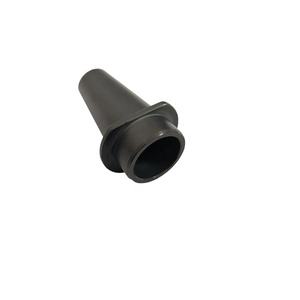
(High Hardness B4C Boron Carbide Ceramic Plate)
Applications of High Hardness B4C Boron Carbide Ceramic Plate
High firmness B4C boron carbide ceramic plates are commonly utilized in industries requiring severe durability and resistance. These plates master environments where products encounter extreme wear, high temperatures, or harsh conditions. Their one-of-a-kind properties make them ideal for critical applications.
In defense and protection, B4C plates act as body shield and vehicle armor. The material’s lightweight nature permits movement while giving premium protection against bullets and shrapnel. Army employees and police count on these plates for personal safety and security. Armored cars use them to protect occupants from ballistic risks.
Industrial settings take advantage of boron carbide’s wear resistance. The plates line rough blowing up nozzles, extending equipment life by resisting erosion from high-speed fragments. Cutting tools and grinding devices make use of B4C components to preserve sharpness and accuracy. Mining and exploration devices incorporates these plates to lower downtime caused by wear.
Nuclear reactors utilize B4C ceramic plates as neutron absorbers. The product’s capability to catch neutrons helps manage nuclear responses. This makes sure safe and reliable energy production. Reactor control poles and securing elements made from boron carbide improve functional stability.
The aerospace market makes use of B4C plates in elements subjected to extreme problems. Rocket nozzles and thermal barrier benefit from the product’s high-temperature stability. Satellite parts and airplane armor rely upon boron carbide to hold up against effects and thermal anxiety.
Electronic devices production uses B4C plates for accuracy procedures. Wafer handling devices and semiconductor manufacturing tools utilize the product to avoid contamination. Its hardness protects against particle generation during high-precision machining.
B4C boron carbide ceramic plates are necessary in medical radiation therapy. They protect delicate locations from stray radiation. Their safe nature makes certain compatibility with clinical settings.
Oil and gas removal makes use of B4C plates in machinery subjected to destructive materials. Valves, pumps, and seals made from boron carbide withstand rough chemicals and high stress. This lowers upkeep costs and enhances operational efficiency.
Company Introduction
Advanced Ceramics founded on October 17, 2014, is a high-tech enterprise committed to the research and development, production, processing, sales and technical services of ceramic relative materials and products.. Since its establishment in 2014, the company has been committed to providing customers with the best products and services, and has become a leader in the industry through continuous technological innovation and strict quality management.
Our products includes but not limited to Silicon carbide ceramic products, Boron Carbide Ceramic Products, Boron Nitride Ceramic Products, Silicon Carbide Ceramic Products, Silicon Nitride Ceramic Products, Zirconium Dioxide Ceramic Products, Quartz Products, etc. Please feel free to contact us.(nanotrun@yahoo.com)

Payment Methods
T/T, Western Union, Paypal, Credit Card etc.
Shipment Methods
By air, by sea, by express, as customers request.

5 FAQs of High Hardness B4C Boron Carbide Ceramic Plate
What is B4C Boron Carbide Ceramic Plate?
B4C Boron Carbide Ceramic Plate is a synthetic material made of boron and carbon. It is one of the hardest materials, second only to diamond and cubic boron nitride. The plate is lightweight, resists high temperatures, and works well in extreme environments. It is used for armor, industrial wear parts, and nuclear reactor components.
Why does high hardness matter?
High hardness makes the plate resistant to wear, scratches, and impacts. It lasts longer under heavy use. This property is critical for applications like bulletproof armor, cutting tools, and abrasion-resistant machinery parts. Hardness ensures the plate maintains its shape and function even under stress.
Where is B4C Boron Carbide Ceramic Plate used?
Common uses include military body armor, vehicle armor, and aerospace components. Industries use it for sandblasting nozzles, grinding tools, and protective linings. Nuclear reactors use it for neutron absorption. Its lightweight nature and strength make it ideal for high-risk, high-wear environments.
How does B4C compare to other ceramics like silicon carbide?
B4C is harder than silicon carbide but less tough. Silicon carbide handles higher impact better. B4C is lighter and better at stopping high-velocity projectiles. Alumina ceramics are cheaper but softer. The choice depends on the application’s needs for hardness, weight, and impact resistance.
How to maintain B4C plates?
Avoid dropping or striking the plates. Clean them with mild detergent and a soft cloth. Do not use harsh chemicals. Store plates in a dry place to prevent moisture absorption. Inspect regularly for cracks or chips. Replace damaged plates immediately to ensure safety and performance.
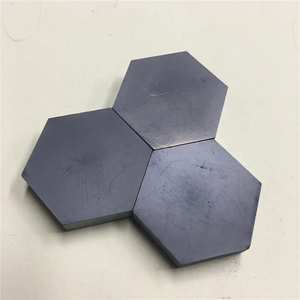
(High Hardness B4C Boron Carbide Ceramic Plate)
REQUEST A QUOTE
RELATED PRODUCTS

High Quality Low Density High Strength Stock B4c Hexagonal Tile Boron Carbide Ceramic Body Protection Sheet Silicon Carbide Plate
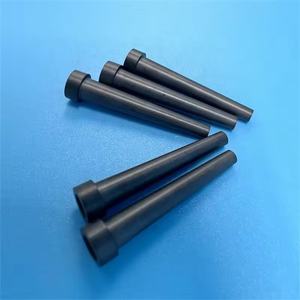
Composite Superior Boron Carbide Tiles Ballistic Hexagon Ceramic for Armor Protection
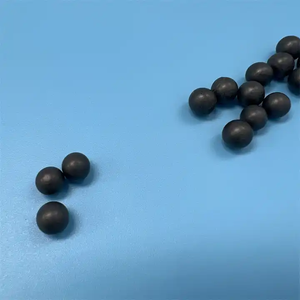
Borax Carbide Particles B4C Nanoparticle Boron Carbide Powder for Ceramic Vest
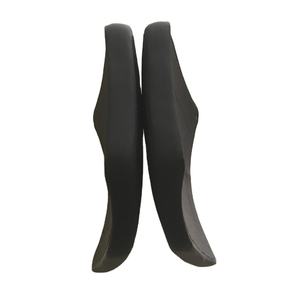
Hexagon Silicon Carbide SIC Boron Carbide Ceramic Tile SSIC Thin Sheet Boron Carbide Ceramic Block Sic Plate
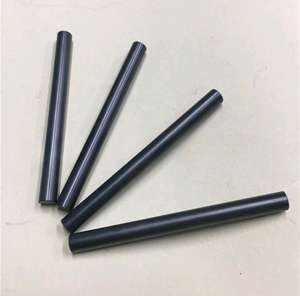
Boron Carbide Ceramic Plate B4c Block Superb Quality
